 |
|||||||||||||
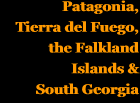 |
|||||||||||||
 |
|||||||||||||
 |
|||||||||||||
Main pages
Appendices
Chapter 9
Coal railways including the RFIRT


Appendix 6
Extra pictures of RFIEP / RFIRT operations.
1 Early photos of the Henschel 2-8-2s in service.
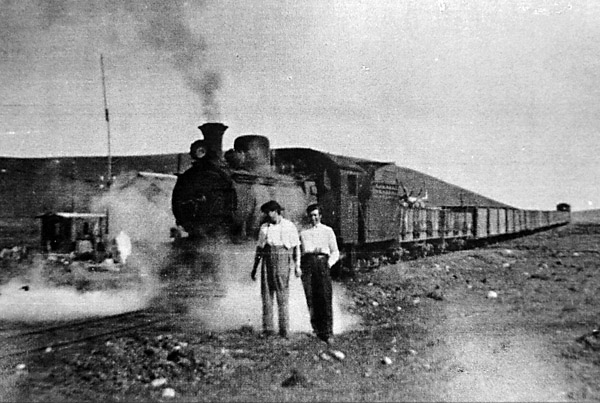
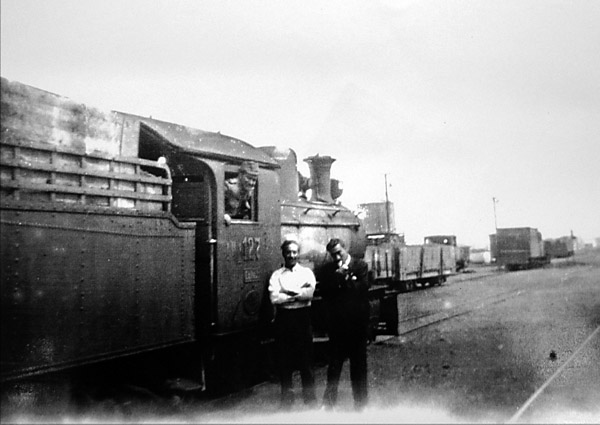
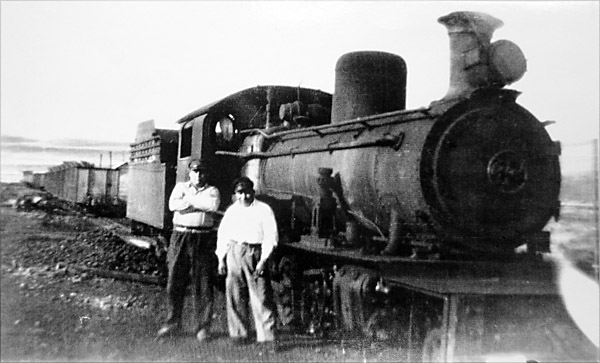
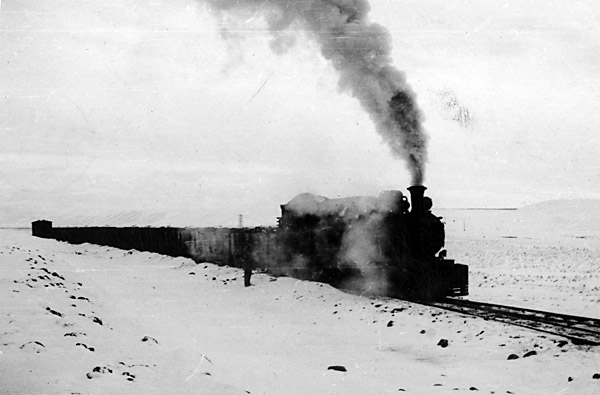
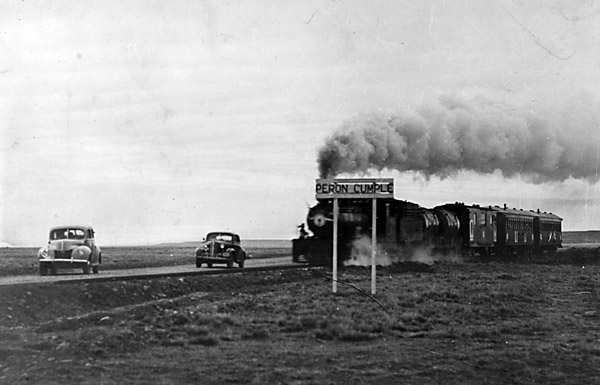
The origin of the early four-wheeled wagons has never been definitively explained, as no view earlier than one of a wagon being loaded aboard a ship at Bahía Blanca has been found, though old staff from the workshops of the Bahía Blanca North Western remember working on them, noting that no drawings existed nor were prepared in connection with them. This view was sent to us by Bob Whetham, showing a chassis from one of these wagons which was spotted from the road leading in to Chile near Río Turbio, together with a close-up of an axle-box cover. (1)
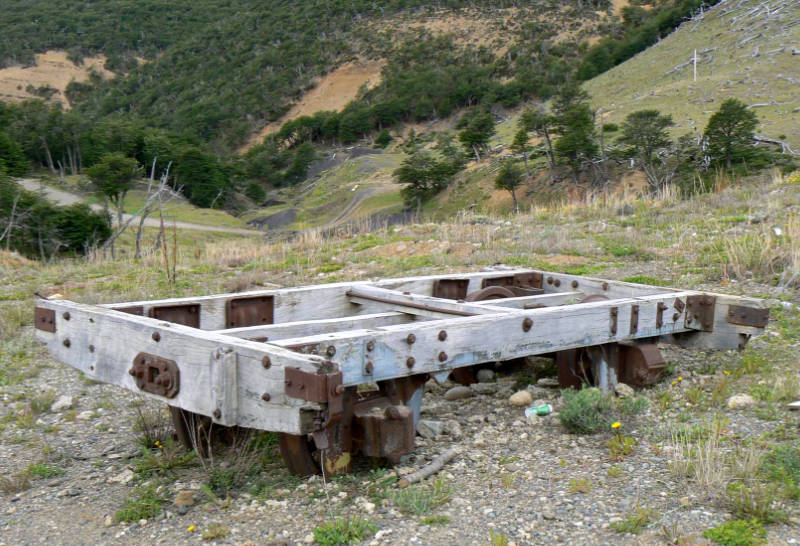
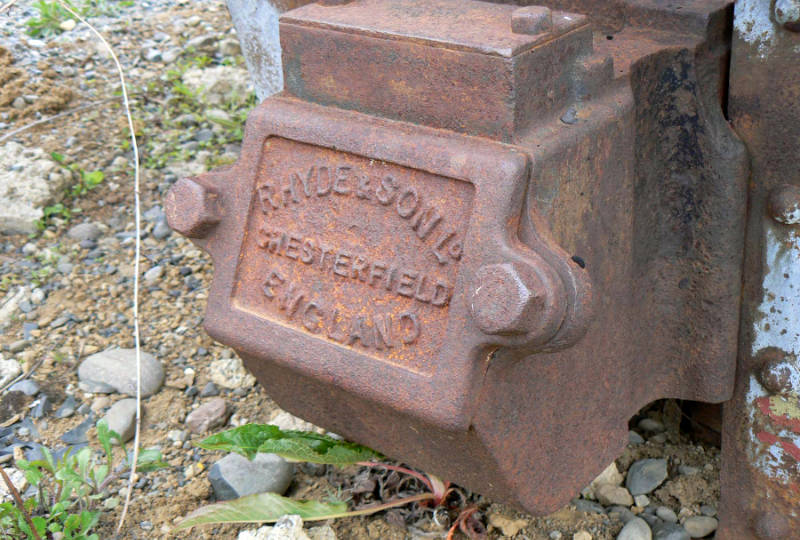
Source:
1 Photos taken by Bob Whetham.
18-3-2021